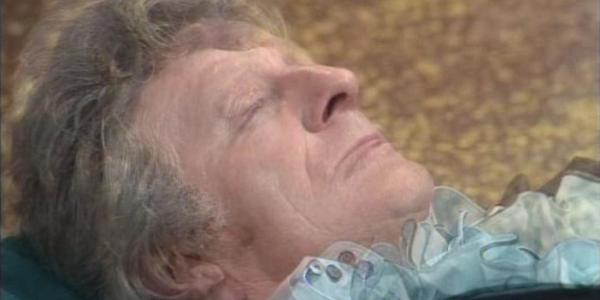10 Ways Modern Doctor Who Changed The Show Forever
The 21st century is truly where everything changed for Doctor Who.

It's been 20 years since Doctor Who returned to our screens, so what better time to look back at the 2005 revival's legacy?
It wasn't necessarily the obvious choice at the time, but in hindsight, one of the most important decisions Russell T Davies made was that his version of Doctor Who would be a continuation and not a hard reset. Not only did this give him a rich fictional universe to draw stories from, it also allowed him and successive showrunners to change the mythology of the show in new and fascinating ways.
However, the impact of the modern series (if a 20-year-old show can still be called "modern") isn't just measured in Time Wars or Timeless Children. Doctor Who's 2005 revival was also a modernisation of the production techniques used to bring the show to life. Many of the changes to series structure, episode runtime, and characterisation helped turn this hammy little sci-fi show into a populist television drama.
The biggest way the modern series has changed Doctor Who forever is that it ensured the show will last. Even now, as the future of the current iteration seems in doubt, the 2005 revival proved that a fresh injection of talent and ideas will always guarantee that Doctor Who lives on!
10. A Consistent Style Of Regeneration

When Christopher Eccleston regenerated into David Tennant at the climax of The Parting of the Ways, it established a style for regeneration that Doctor Who has continued to follow.
The heroic stance, famous last words, golden light, and explosive transformation established in The Parting of the Ways was more dynamic, and more modern, than any of the regenerations we’d seen in the classic era.
Classic regenerations typically involved the departing actor lying down and filming their final moments, before swapping places with their successor. This was a simple way to achieve the fade effect that signalled the transition from one Doctor to the next, and it served the show well for decades.
However, while the way that these regenerations were filmed was consistent, the in-fiction process wasn't. Sometimes the Doctor would just change, but other times they would get a nudge from other Time Lords, or future phantoms of themselves. Some Doctors would experience nightmarish hallucinations of their old friends and enemies, while others wouldn't.
The process was stripped-back and refined for the modern era, with the simple image of golden light emanating from a hand becoming a more iconic signifier of the end than ominous figures swathed in bandages, or the floating heads of friends and foes.